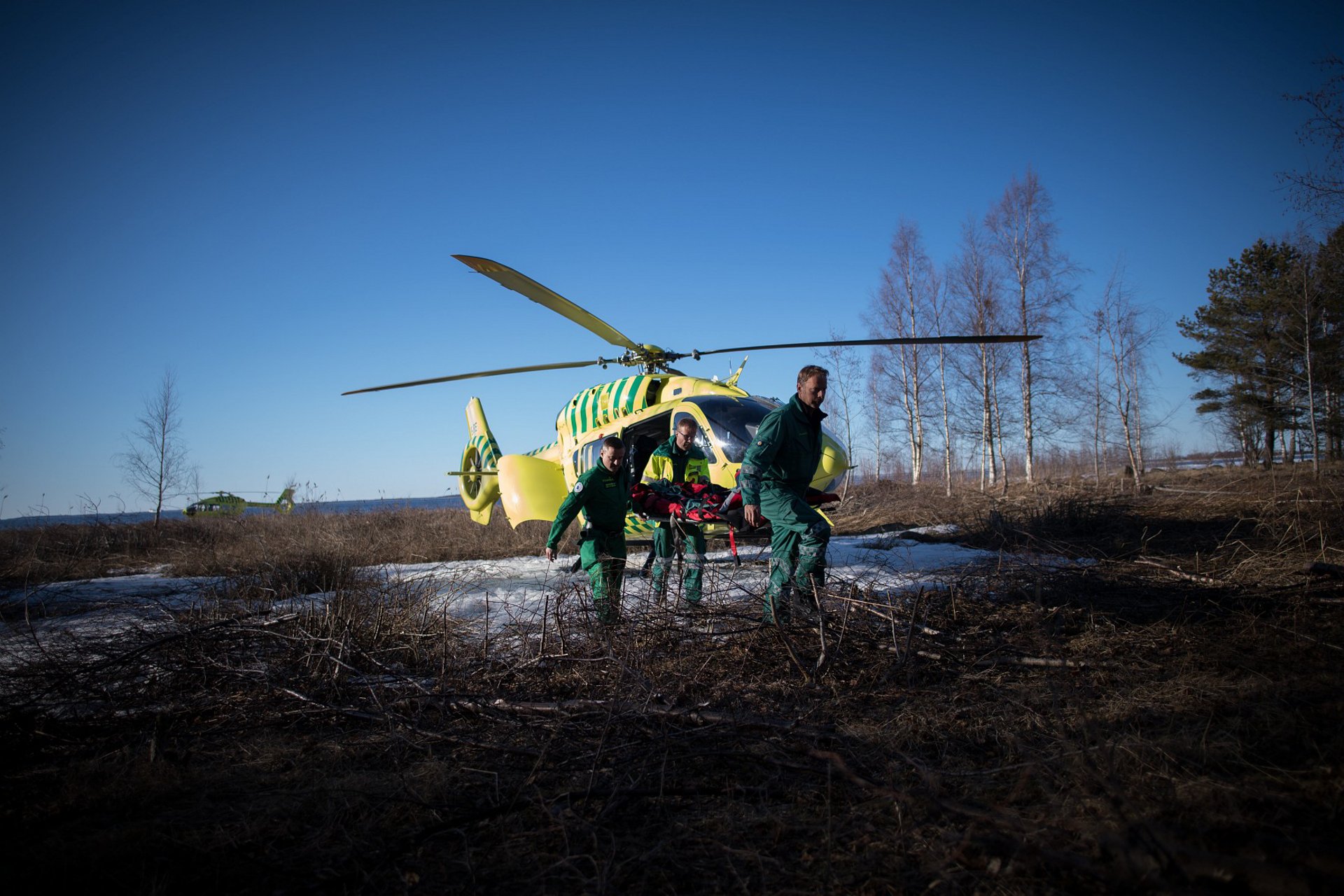
Emergency medical services
When immediate emergency assistance is needed, helicopters are irreplaceable. Airbus offers a range of rotorcraft recognised for speed and reliability, efficient EMS cabins, low vibration levels, excellent manoeuvrability, the ability to land anywhere, and low operating costs.
Light helicopters : Single engine
Airbus’ H125 and H130 are recognised as the single-engine helicopters of reference in EMS missions, particularly in the United States, offering high performance, high availability, excellent visibility, mission flexibility and low operating costs.
Their unobstructed cabins – the benchmark in size among single-engine helicopters – offer open space without partitions, accommodating EMS equipment tailored to customer needs. With wide side-opening doors, the loading and unloading of a stretcher is rapid and simple.
With almost 200 aircraft in service for EMS missions, the versatile and economical H125 is the most popular single-engine helicopter in this segment. The H125 transports one stretcher and up to three medical crewmembers plus medical equipment. Its engine power allows operations in high and hot conditions, as demonstrated by a Himalayan mountain rescue mission performed at 6,900 metres.
With the largest cabin in its class, the H130 has a wide side-loading capability of 2.2 metres, accommodating one stretcher and up to three medical crew and equipment. The H130’s unique cabin design gives full access to the patient. Furthermore, it can be configured to accommodate up to two pilots, three crewmembers and one stretcher, unique to this class of aircraft.
In addition to excellent high and hot performance, the H130 has outstanding visibility, the lowest external sound level in its class, and the safest operation on ground and in flight with a highly efficient main rotor and Fenestron® shrouded tail rotor. This allows not only landings in hostile environments but also ensures safety for ground personnel when approaching the aircraft.
Light helicopters : Twin engine
Airbus’ H135 counts around 25% of the global HEMS fleet, with over 600 units in service, making it the worldwide leader in the HEMS segment. For rapid interventions, the H135 is the first choice thanks to its compact footprint, versatile cabin design and safety.
The H135’s latest improvements are its new Helionix® avionics suite, plus a 4-axis autopilot and a performance upgrade to increase its performance in high and hot and one engine inoperative (OEI) situations.
The efficient cabin design with side and rear loading capabilities and excellent payload accommodate secondary hospital transfer flights. Excellent cockpit visibility, compact external dimensions, high-set main rotor and shrouded tail rotor systems ensure the pilot’s safe operation and take-off/landing at any site.
The H135 is offered with a variety of different EMS interiors, including single-patient, dual-patient or intensive care transport.
The H135 is well-known for its low external sound signature, which makes it the ideal aircraft especially in urban environments.
Airbus offers two different innovative low-weight floor designs which answer to demanding HEMS requirements. The multi-functional floor (MFF) allows for standard seating solutions or HEMS interiors, while the HEMS floor is fully optimised for dedicated HEMS use.
The twin-engine H145 enjoys an exceptional EMS heritage thanks to its BK117 and EC145 predecessors. Offering the largest cabin in its class and unbeatable payload, the helicopter is perfectly adapted for inter-hospital transfers.
Facilitating access to the H145’s spacious cabin is the helicopter’s high-mounted shrouded Fenestron® tail rotor, allowing for safe patient loading through wide sliding doors or the wide, window-equipped rear clamshell doors. With its spacious cabin design and rear loading capability, the H145 is the first choice for transport of intensive care patients or transport of incubators.
The H145 quickly converts from EMS to other roles thanks to optional equipment and a plug ‘n play design philosophy. The H145 can be adapted from EMS to other missions - such as disaster relief, mountain rescue, and offshore search and rescue - within minutes.
The H145’s performance makes it the ideal solution for mountain rescue missions. It is available with an all-in-one solution, which facilitates triple roles such as hospital transfer flights, sightseeing flights and mountain rescue missions.
Enhancements to the H145 include incorporation of the new Helionix avionics suite with a 4-axis autopilot.
Its low external sound footprint makes it the ideal helicopter for urban or rural environments, such as nature reserves.
Medium helicopters
With H155, Airbus provides intensive care and rapid transportation to ShandsCair, the critical care transport system of the University of Florida Health Shands Hospital
H160: An innovator
The countdown has started for the latest aircraft design from Airbus. The H160 will be the ideal aircraft for intensive hospital transfers and long-distance flights. It comes with a spacious cabin which accommodates innovative intensive care cabin layouts. It will offer 360-degree patient access similar to that seen in ground ambulances.
Its smooth flight characteristics will be the first choice for critical patient transport. The H160 will come with the Airbus-family avionics system, Helionix®, and a 4-axis autopilot system. For those already familiar with the Helionix-equipped H135 or H145, the transition to the larger H160 will be smooth.
The H160 comes with a shrouded Fenestron® tail rotor, which provides the highest safety standards in flight and on the ground (e.g. for ground handling and personnel).
The H160’s innovative design leads to the lowest external sound levels, making it the ideal aircraft for urban environments.
EMS operations in countries with large, sparsely populated areas require helicopters with a high payload and long range. For these missions, the AS365 N3, the wide-body H155, and the H175 offer the perfect match between a small footprint for helipads, a large cabin, and a smooth ride at high speeds.
The AS365 N3+ and the H155, part of the Dauphin family, offer outstanding cabin space that boosts patient care and accommodates bulky medical equipment. These aircraft come with a glass cockpit and the unique Airbus dual digital 4-axis autopilot which maximises the pilot’s effectiveness.
Airbus’ new-generation H175 is suited for intensive care transport and medical evacuation, thanks to its large cabin size, airborne endurance, range and useful load.
Worldwide, there are about 50 medium twin-engine Airbus helicopters in service for EMS.
Heavy helicopters
For niche operators who require the most rugged option available, the Super Puma family (H215 and H225) can be equipped with six stretchers for civilian EMS duties and up to 11 stretchers in its military version for casualty evacuation. It is also proposed in a Helicopter Intensive Care Medical Service (HICAMS) configuration.
Private and public organisations rely on this workhorse for their operations over land and offshore in the harshest weather conditions, including search and rescue missions and disaster relief.
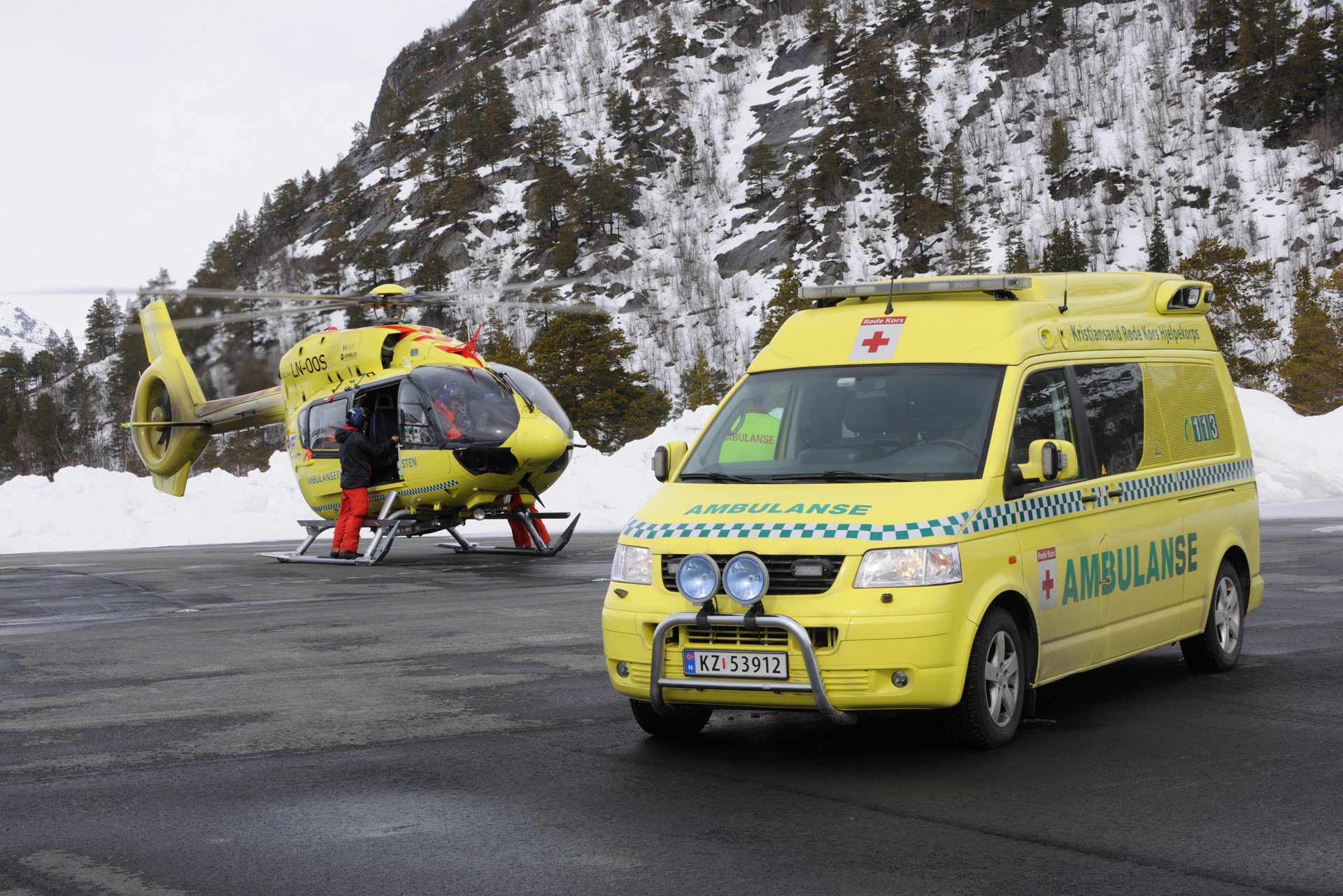
Of the over 2,000 helicopters in service worldwide for EMS missions, around 1,100 of them are in North America.
Operators of the H125, H130, H135, H145, AS365, and H155 range from the United States’ largest air medical transportation providers to regional and local hospitals.
The U.S. Army utilises the H145 in its UH-72A Lakota light utility helicopter for medevac (medical evacuation) missions.
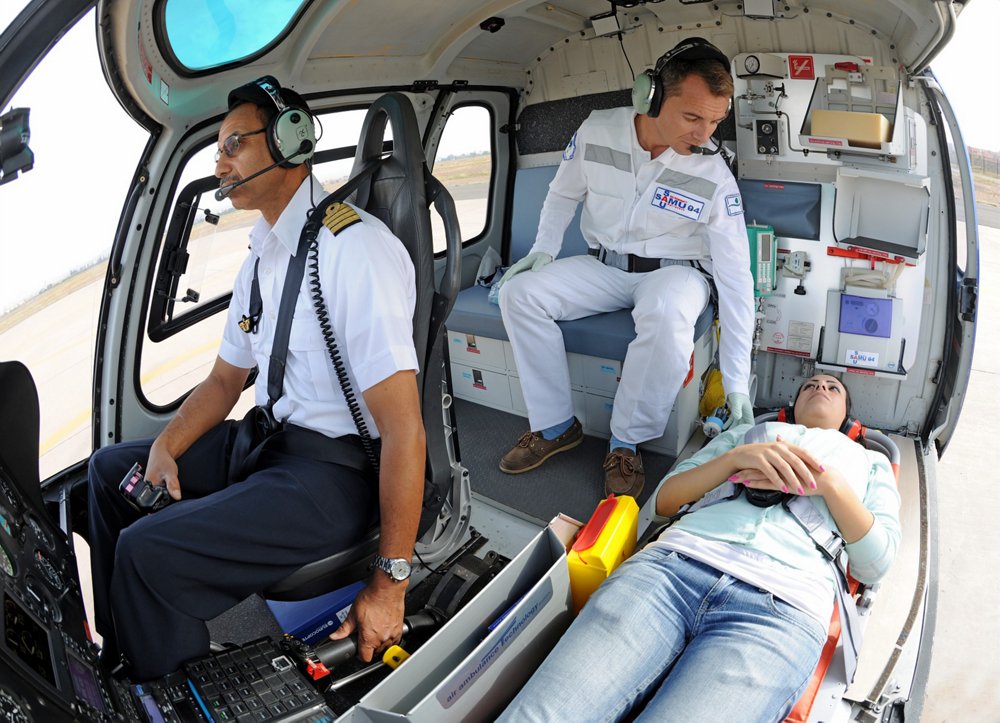


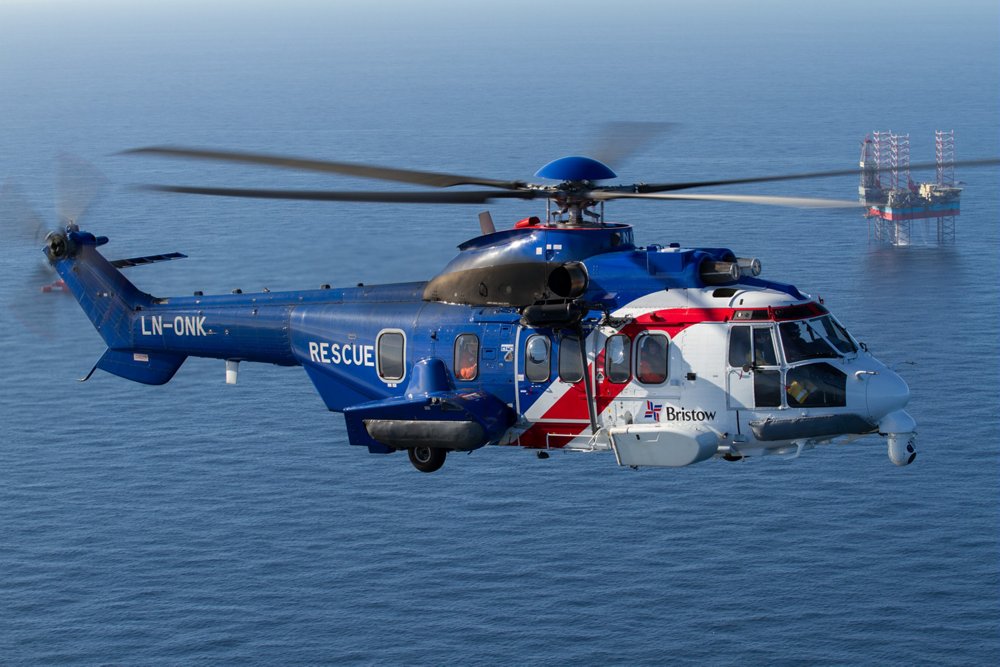

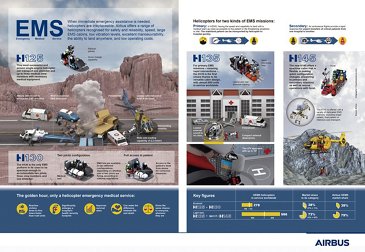
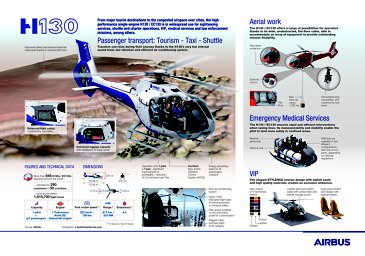
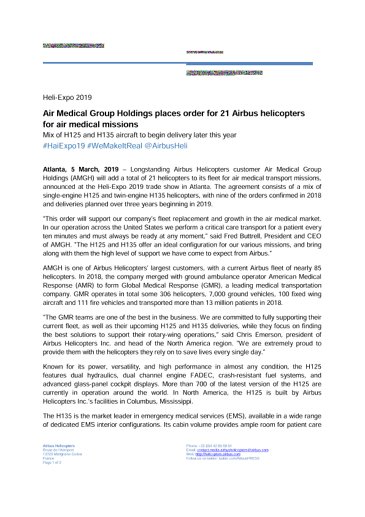










D.Bond.jpg?wid=365&fit=fit,1&qlt=85,0)
D.Bond.jpg?wid=365&fit=fit,1&qlt=85,0)








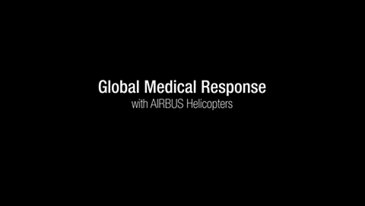


.mp4?wid=365&fit=fit,1&qlt=85,0)



